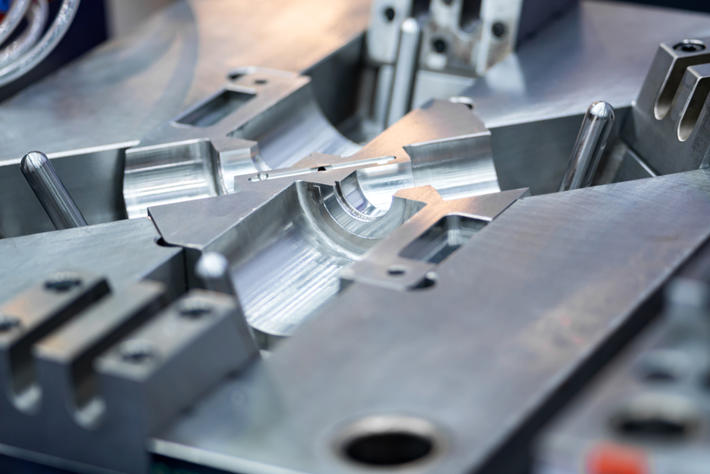Die casting is a popular manufacturing process that involves injecting molten metal into a mold cavity. This process is widely used in a variety of industries, from automotive and aerospace to consumer products and electronics. One of the key factors that determine the success of a die casting project is the design of the mold. In this article, we will discuss some tips and techniques for mastering the art of die casting design.
1. Understand the Material
The first step in designing a die casting mold is to understand the material that will be used. Different materials have different properties, such as melting point, fluidity, shrinkage, and strength. These properties can affect the design of the mold, such as the thickness and shape of the walls, the location of the gates and vents, and the placement of the ejector pins. Some common materials used in die casting include aluminum, zinc, magnesium, and copper.
2. Consider the Part Geometry
The geometry of the part being produced also plays a role in the design of the mold. Complex parts with thin walls, undercuts, or internal features may require more elaborate mold designs, such as multiple slides, cores, or inserts. The draft angle of the part should also be taken into account, as this affects the ease of ejection from the mold. In general, a draft angle of at least one degree per side is recommended.
3. Optimize the Gate and Runner System
The gate and runner system is the channel through which the molten metal enters the mold cavity. This system should be designed to minimize turbulence, air entrapment, and porosity. The location, size, and shape of the gate and runners can affect the flow of metal and the filling of the cavity. Different gating systems, such as cold chamber, hot chamber, or vacuum, may be used depending on the material and part geometry.
4. Control the Cooling and Solidification
After the metal is injected into the mold, it begins to cool and solidify, forming the final part shape. The cooling rate and temperature distribution can affect the microstructure, surface finish, and dimensional accuracy of the part. The mold design should incorporate measures to control the cooling and solidification, such as cooling channels, baffles, or insulators. Simulation software can be used to predict the temperature profile and optimize the mold design.

5. Test and Evaluate the Mold
Once the mold design is completed, it should be tested and evaluated to verify its performance. This may involve making a prototype part or using a rapid prototyping technique, such as 3D printing or CNC machining. The prototype can be inspected for defects, such as porosity, flash, or warpage. The mold can also be evaluated for its cycle time, tool life, and maintenance requirements. Any issues or improvements can be addressed before mass production begins.
In conclusion, mastering the art of die casting design requires a combination of knowledge, skill, and experience. By understanding the material, considering the part geometry, optimizing the gate and runner system, controlling the cooling and solidification, and testing and evaluating the mold, designers can achieve success in their projects. With the increasing demand for high-quality, complex, and lightweight parts, die casting will continue to be a vital manufacturing process for many industries.

 0086-750-5616188
0086-750-5616188 +86 13392089688
+86 13392089688 sales@zhongmei-tech.com
sales@zhongmei-tech.com













